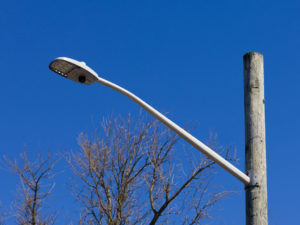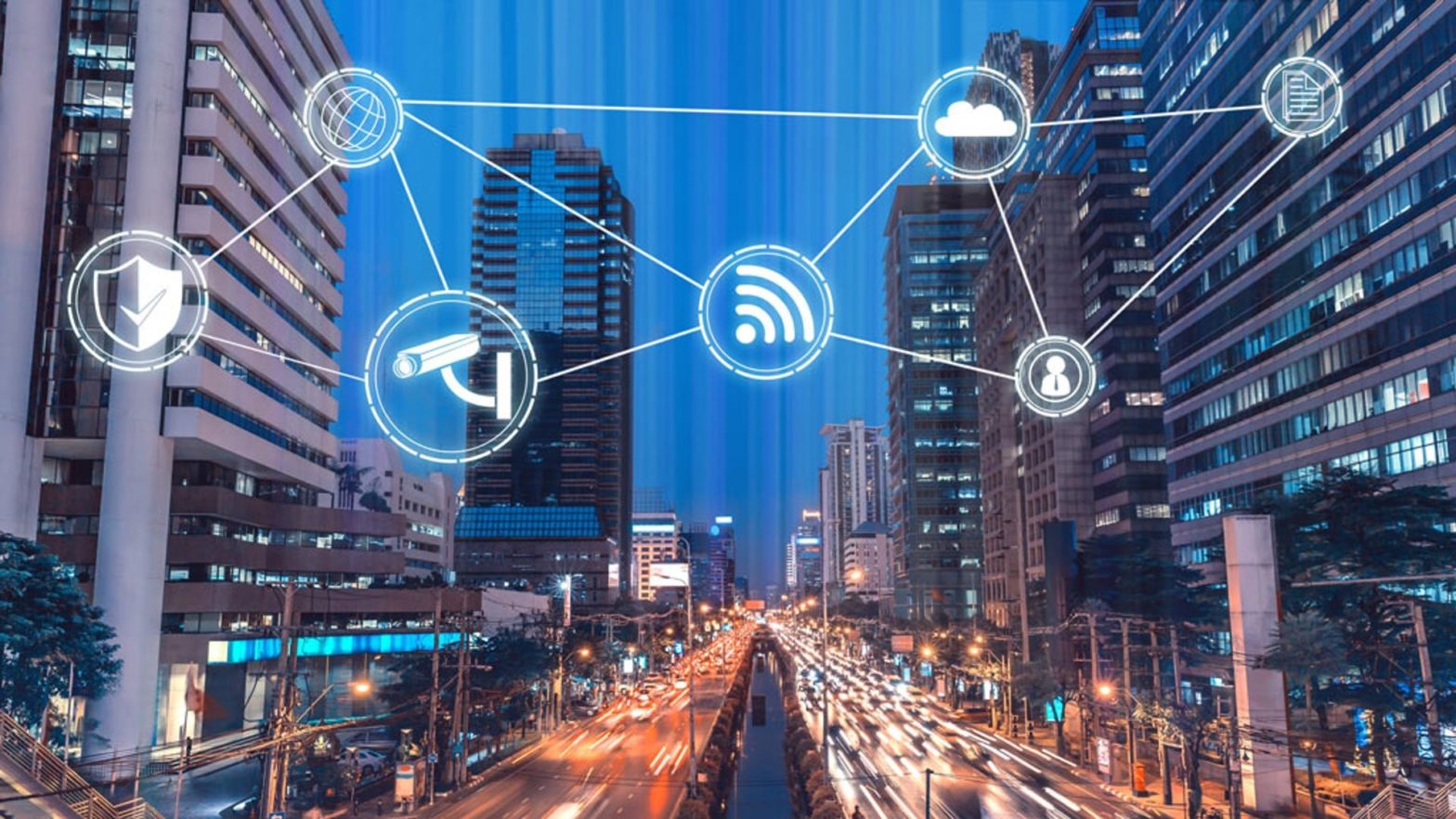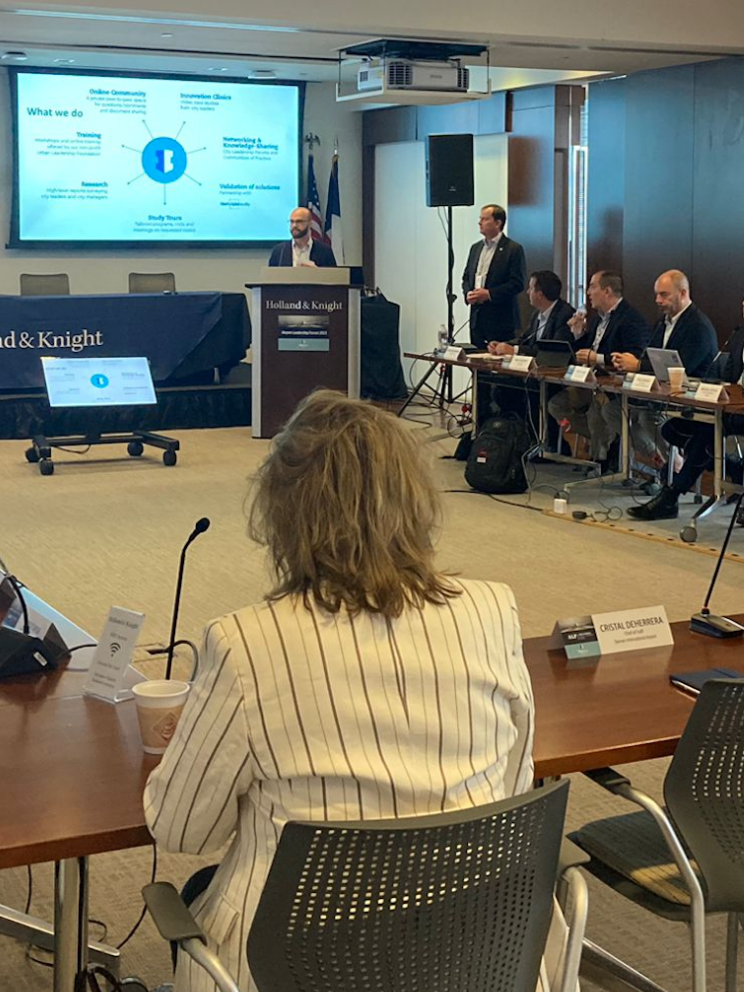
Photo: Signify_MTVernon_FINAL–8
Connected street lighting delivers value beyond illumination for Mount Vernon, New York
26 April 2023
By Scott McCarley, End User Marketing Lead, Systems & Services, North America, Signify
Smart cities, once a conceptual vision or considered to be far into the future, are a present-day reality — and all it takes is for cities to leverage something they already own: their streetlights. With the addition of sensors and cloud-based management software, this infrastructure can provide a strong foundation for a robust smart city programme.
Case in point: Mount Vernon, New York. Ready to start its smart city journey, Mount Vernon began by adding Signify’s Interact connected lighting system, management software and communication nodes to its 4000 Lumec RoadFocus LED streetlights.
Now, the city has taken the next step of the journey by adding Signify’s Outdoor Multisensor to a subset of the streetlights. The city’s streetlights already included D4i drivers and a bottom Zhaga Book 18 socket interface, which allowed it to install the sensors easily and securely to the luminaires.
“We conducted a multi-phase pilot programme to explore how our infrastructure could deliver value to our city beyond light itself,” said Department of Public Works Commissioner Damani Bush. “It quickly became evident that connected lighting technology and sensor applications could help optimise our energy use, increase our city’s sustainability efforts, and support citizen safety and quality of life.”
Smart, liveable and sustainable
 Here are three ways in which Mount Vernon’s smarter street lighting has helped the Department of Public Works “go above and beyond to make our city the best it can be,” according to Mayor Shawyn Patterson-Howard.
Here are three ways in which Mount Vernon’s smarter street lighting has helped the Department of Public Works “go above and beyond to make our city the best it can be,” according to Mayor Shawyn Patterson-Howard.
Improving city services – The Department of Public Works is now equipped with valuable ambient noise and temperature insights. For instance, Mount Vernon can detect noise violations, such as those that may occur from leaf blowing, and reinforce the city’s ordinance to help reduce the noise impact on citizens. It can also leverage the environmental data to support city planning or communicate preventive health information to the public in the event of extreme heat or cold.
Enhancing public safety – The sensor technology helps detect motion and trigger the optimal light level to ensure well-lit streets for pedestrians and drivers. The connected lighting infrastructure also gives Bush and his team the intelligence they need to plan maintenance or quickly respond to a lighting outage or another issue, for example, if/when a truck might back into a street pole.
Supporting sustainability – The Department of Public Works also has better control of its light operations, so it can focus on taking energy reduction measures. It can set lighting schedules according to the time of day or year, so light is used when residents need it most. The technology can automatically dim the streetlights based on trends of when people and vehicles aren’t around at night, too, for additional savings.
Illuminate your city’s transformation
Upgrading your street lighting infrastructure is one of the easiest ways to start your city’s transformation. Connected technology can deliver immediate value and set you up to achieve a brighter future for your city and citizens.
Brought to you by:








